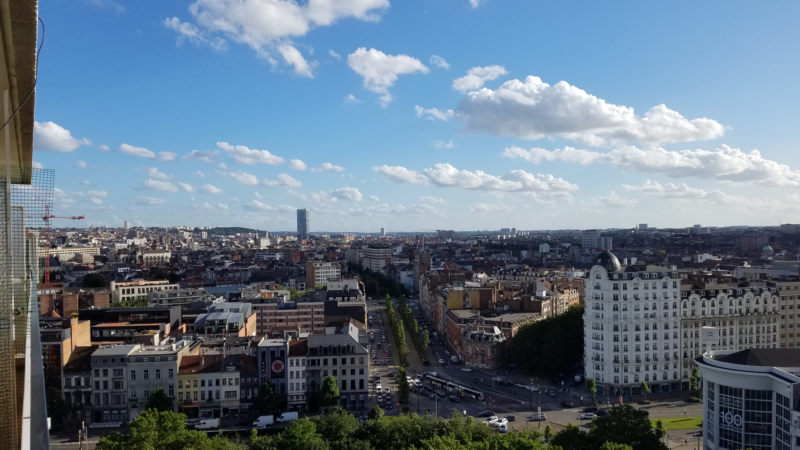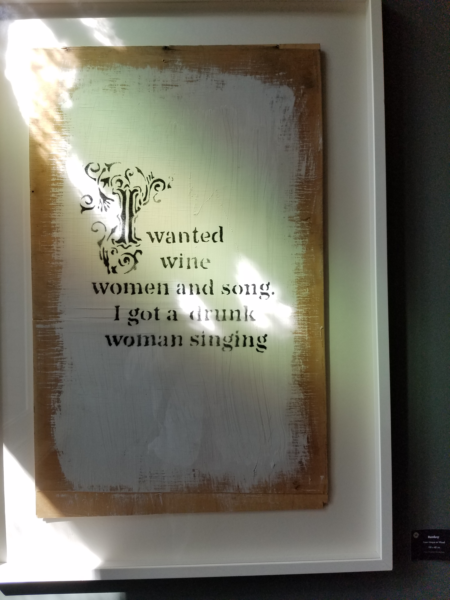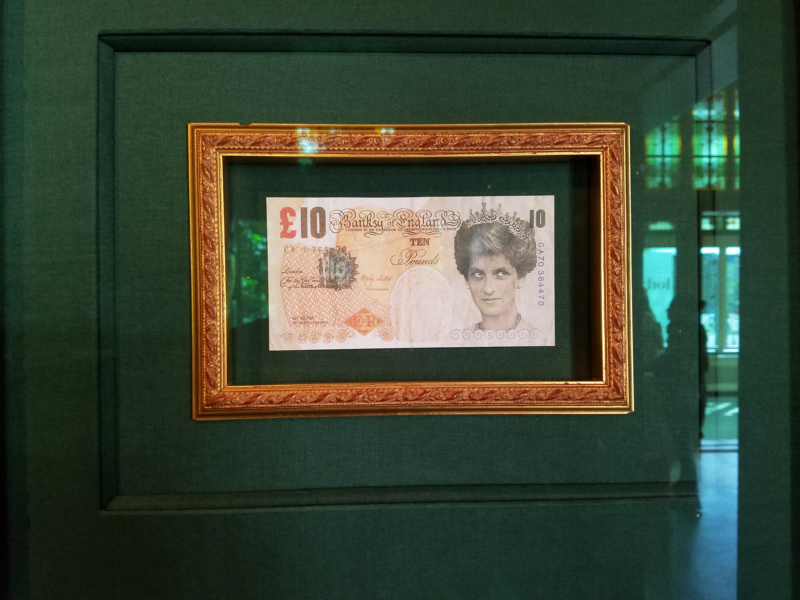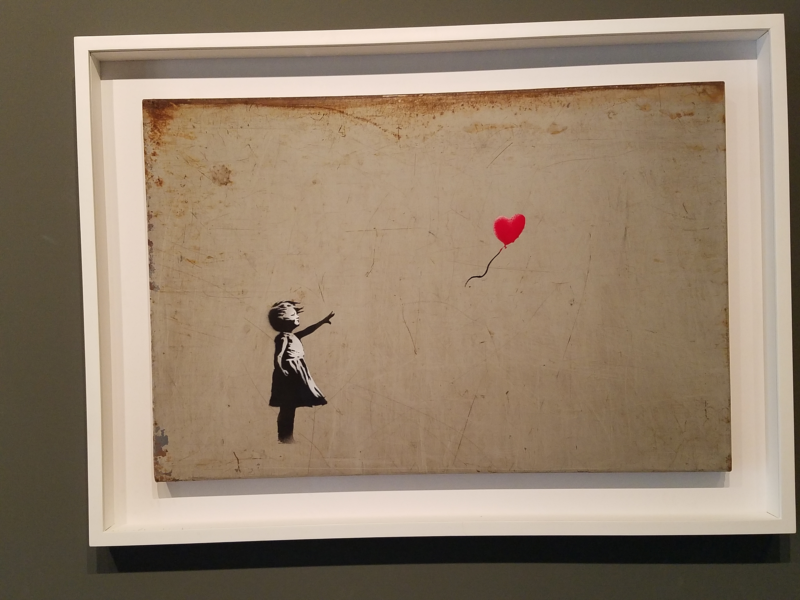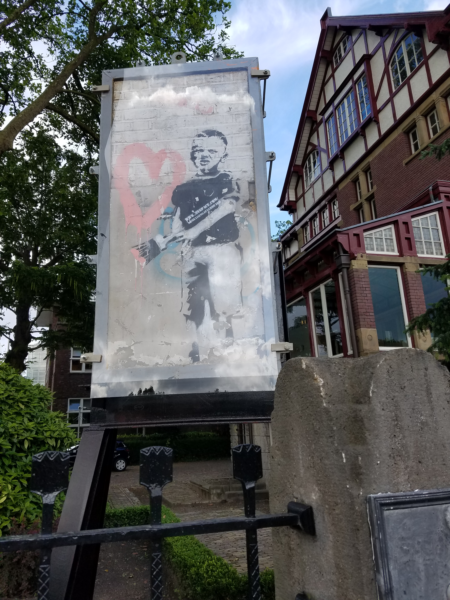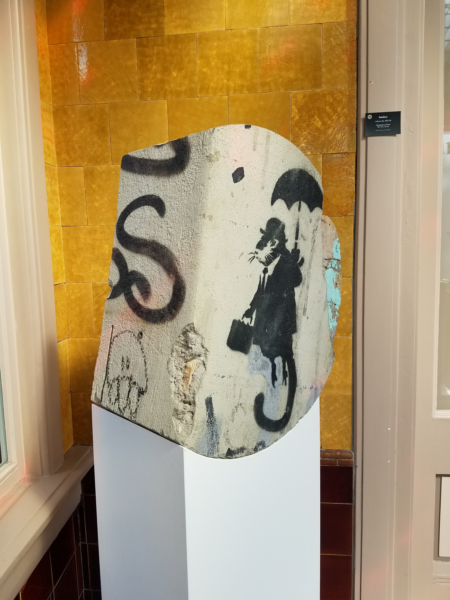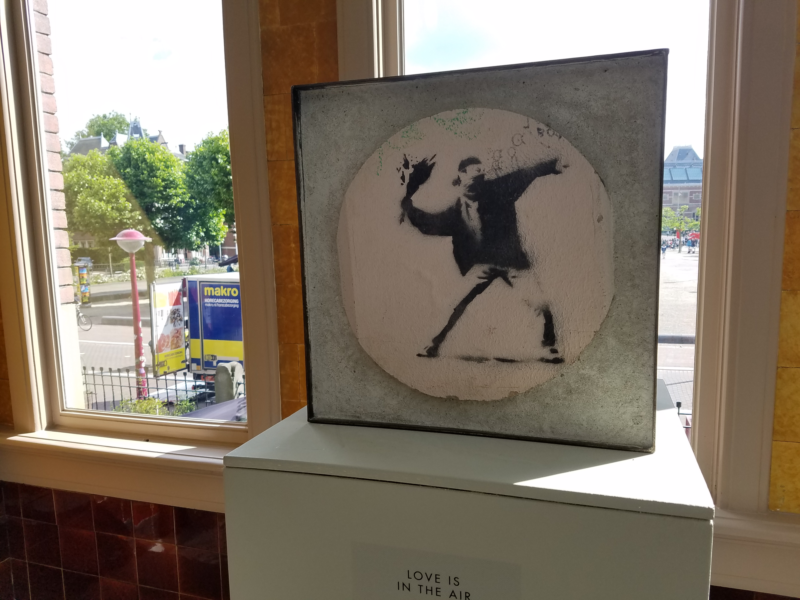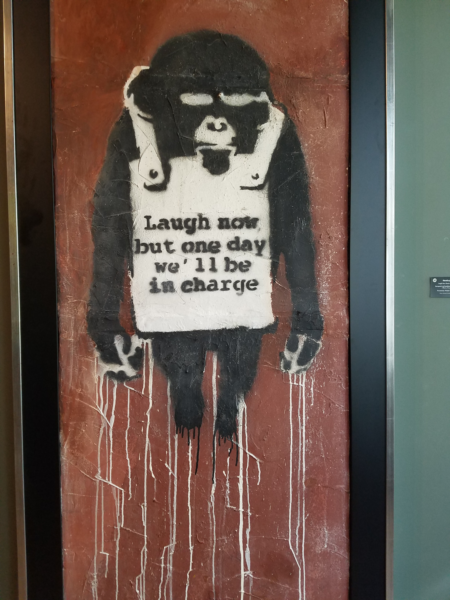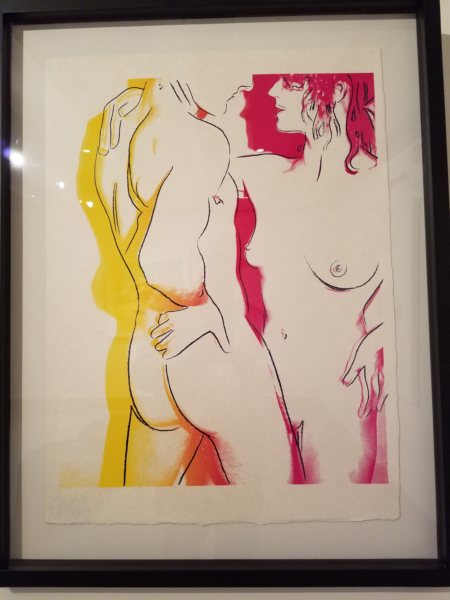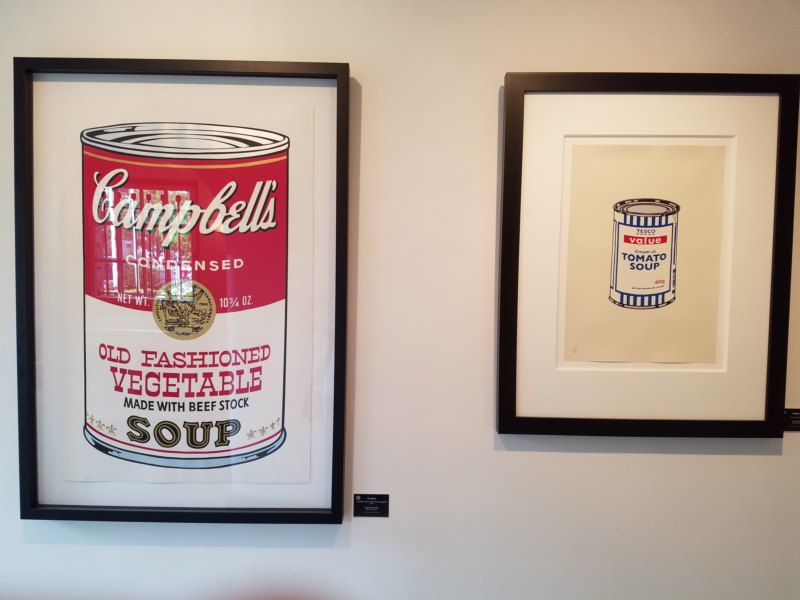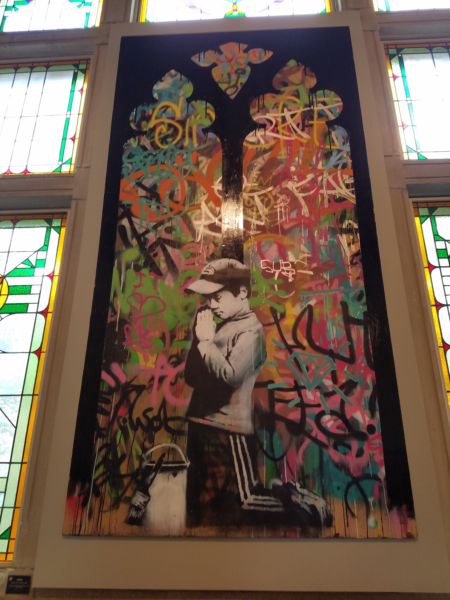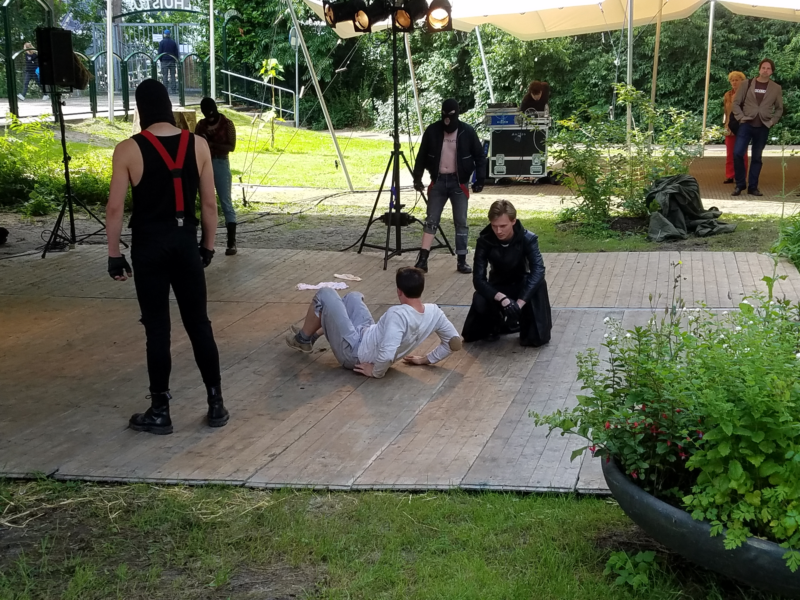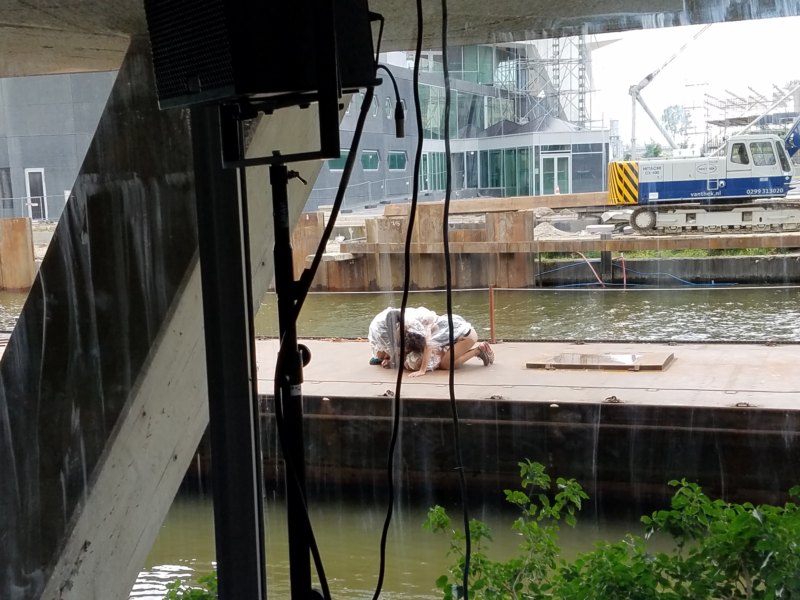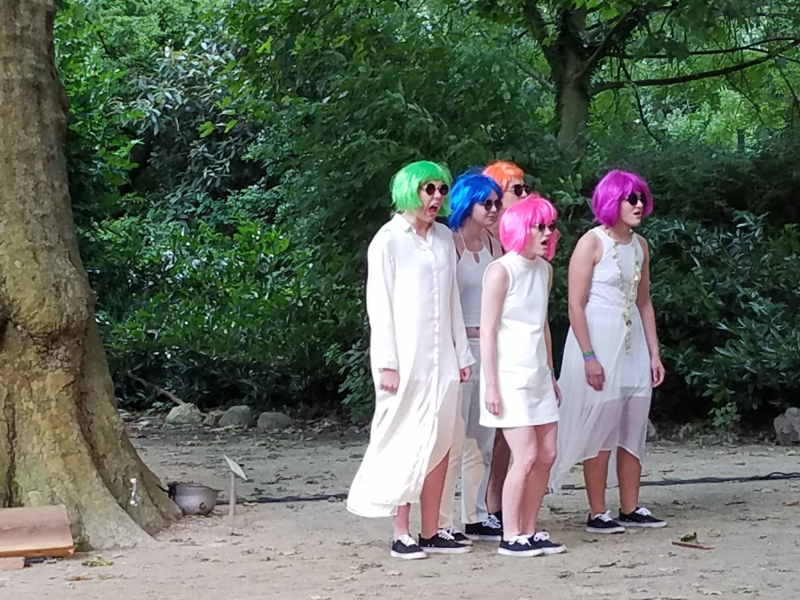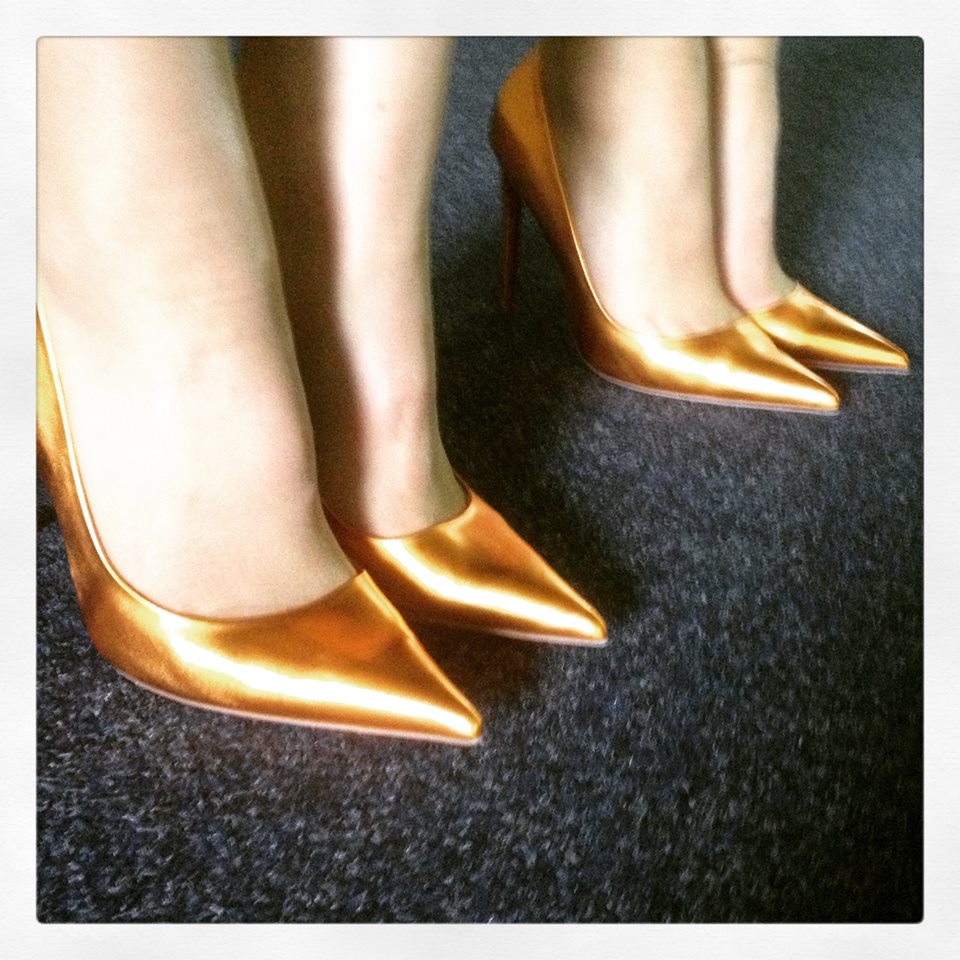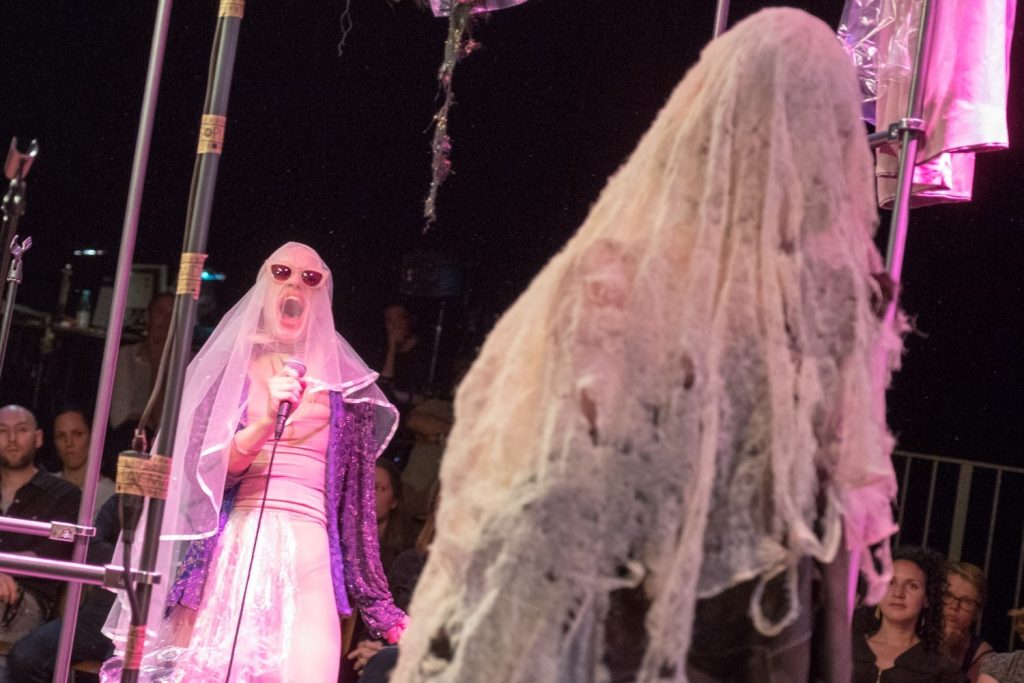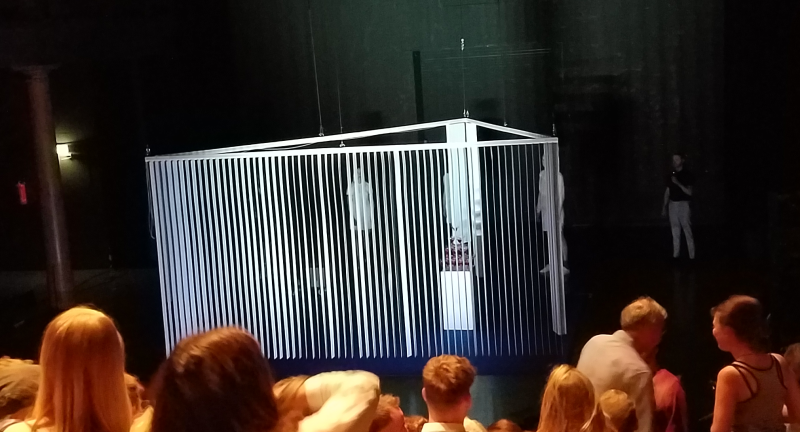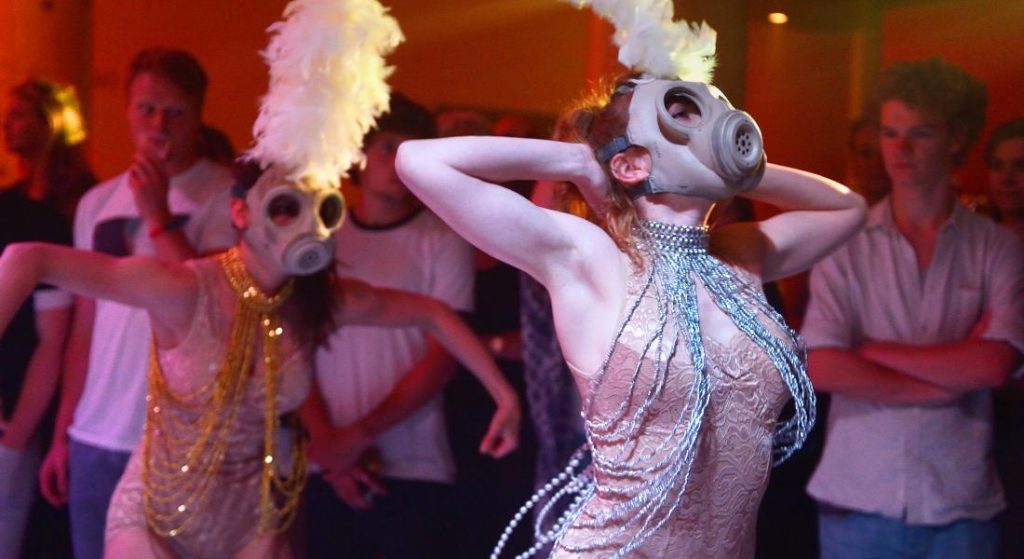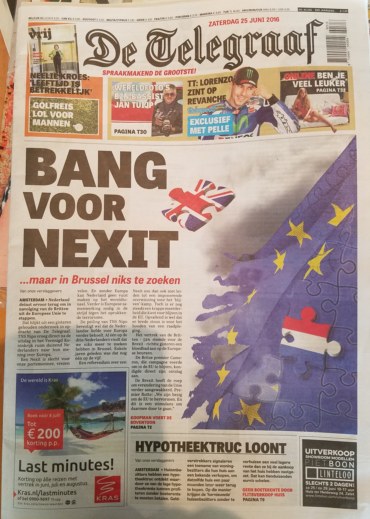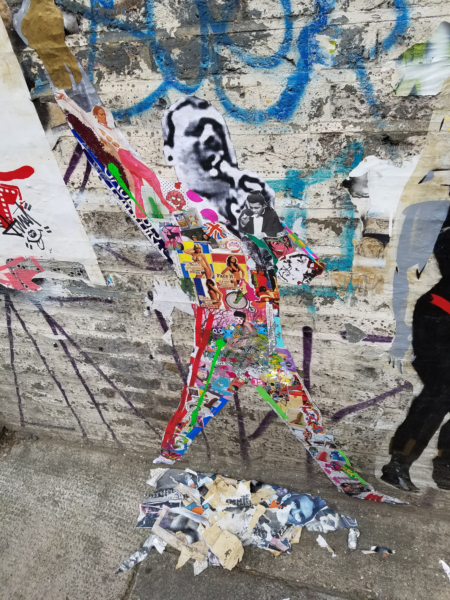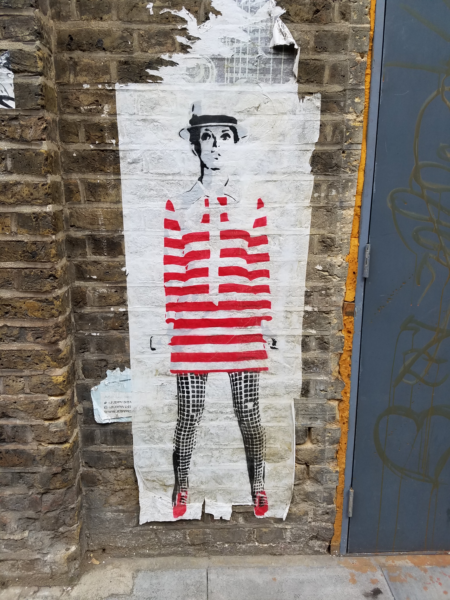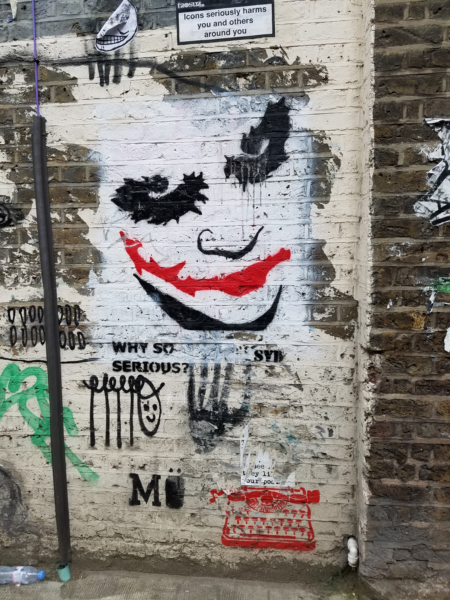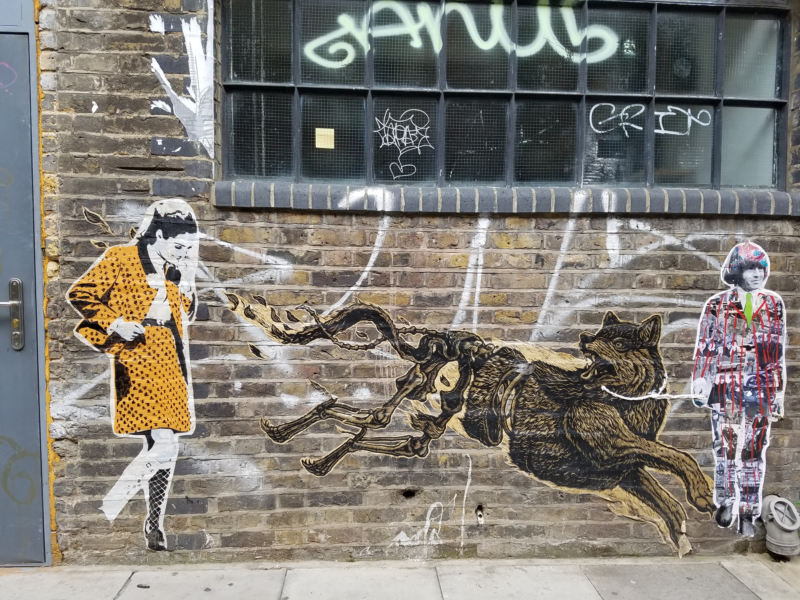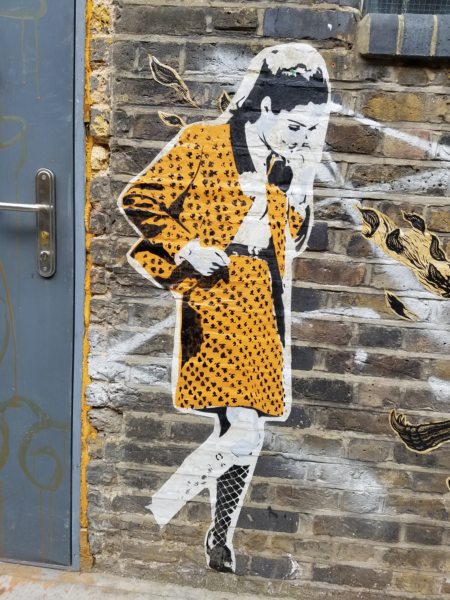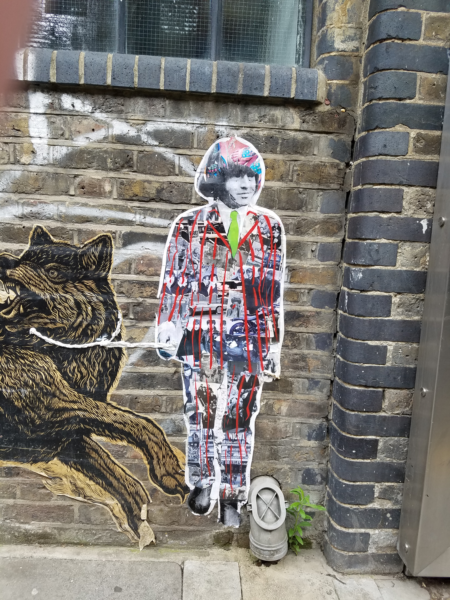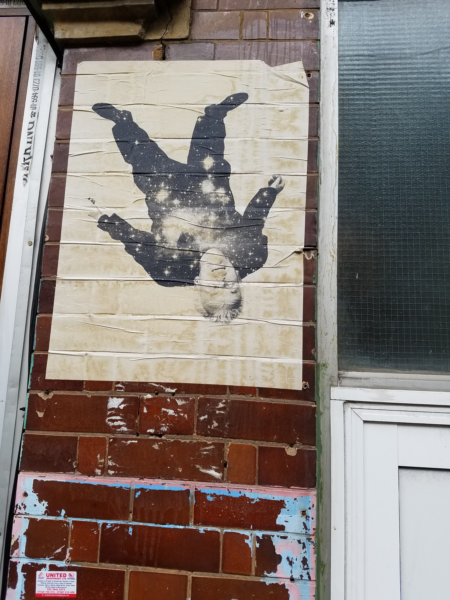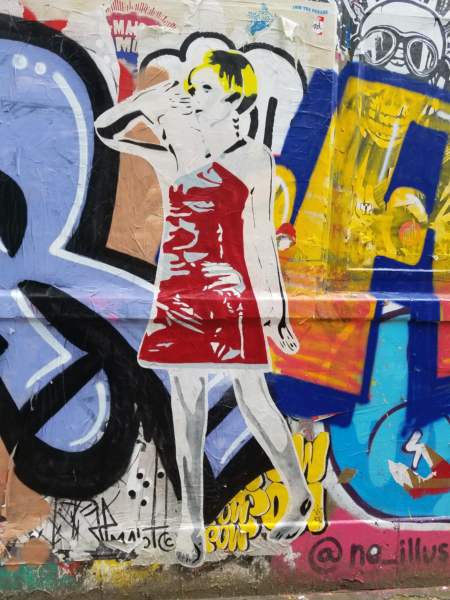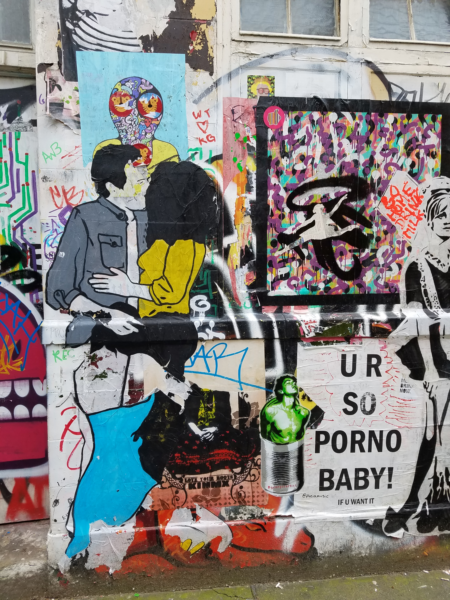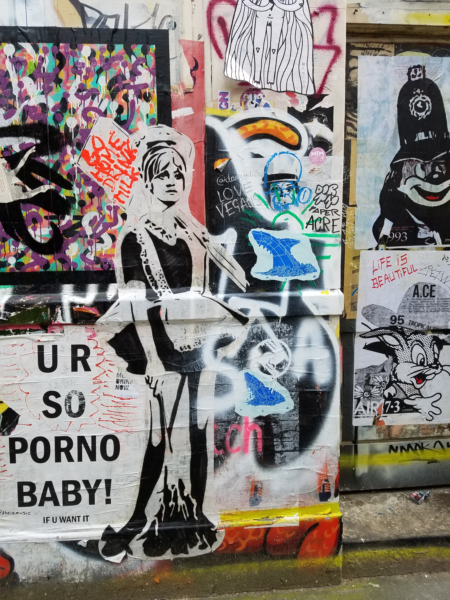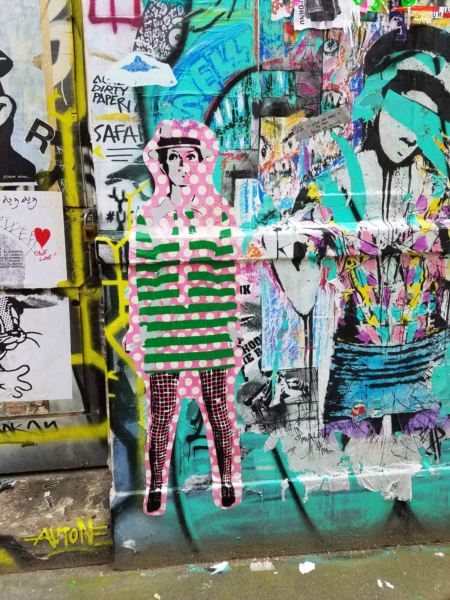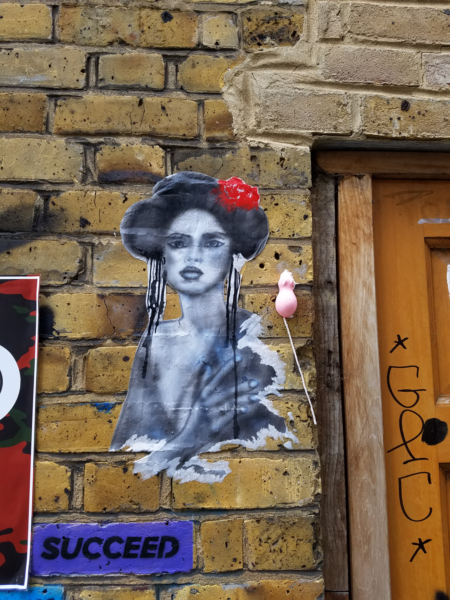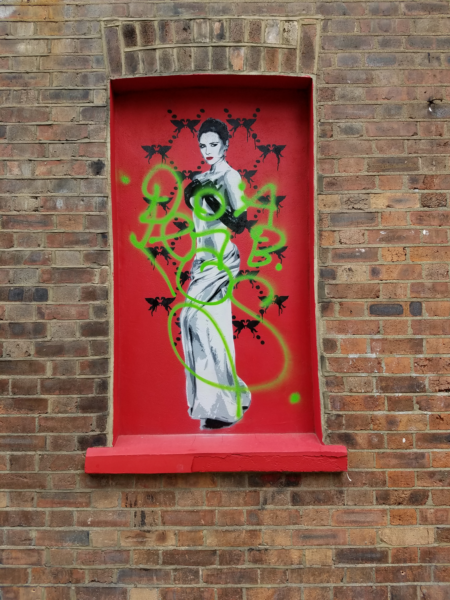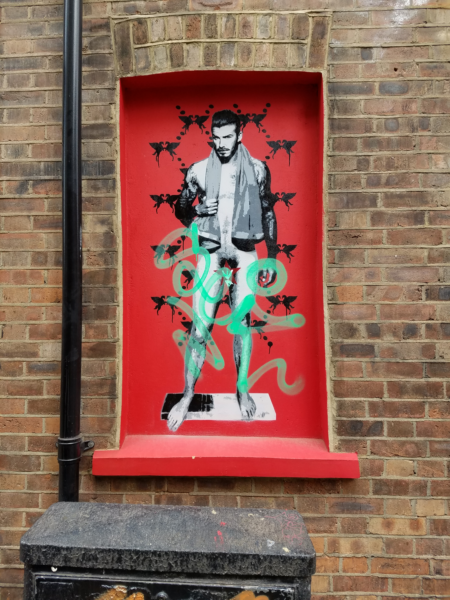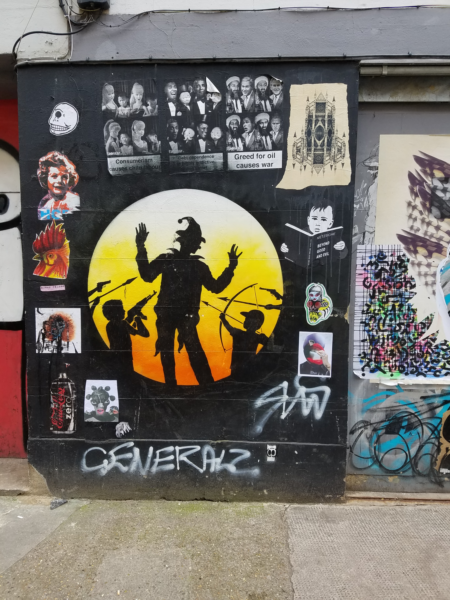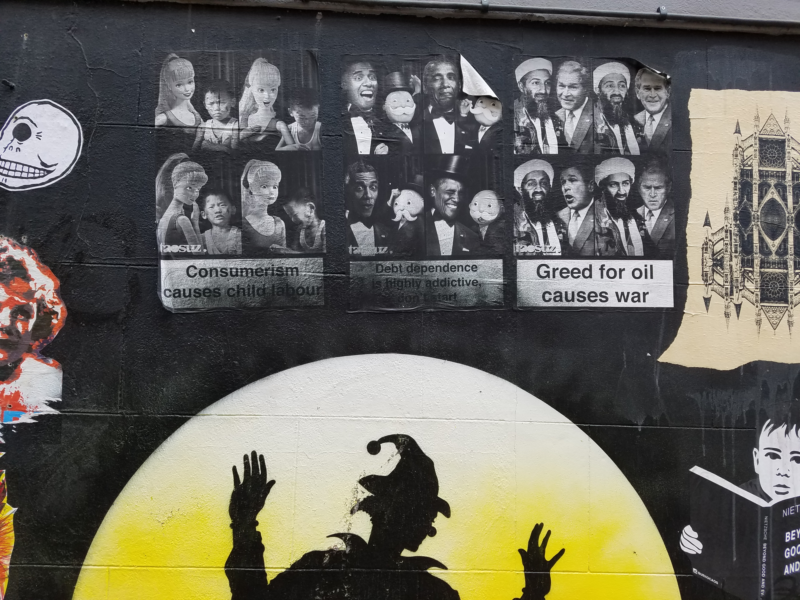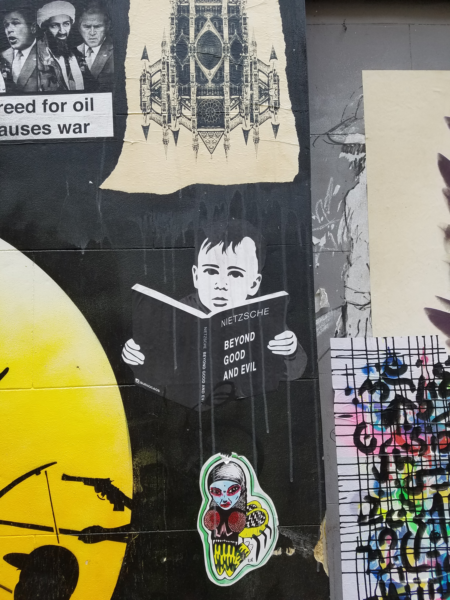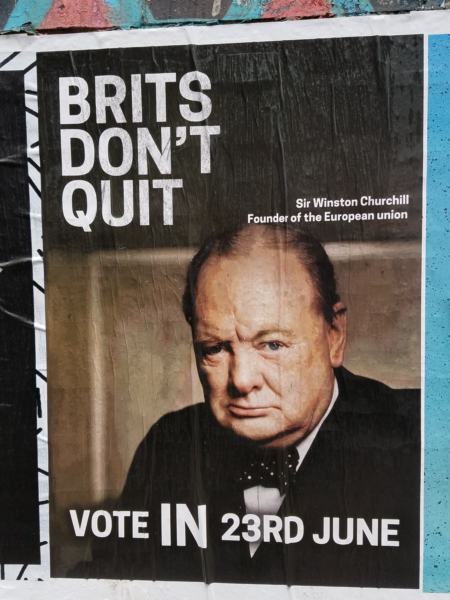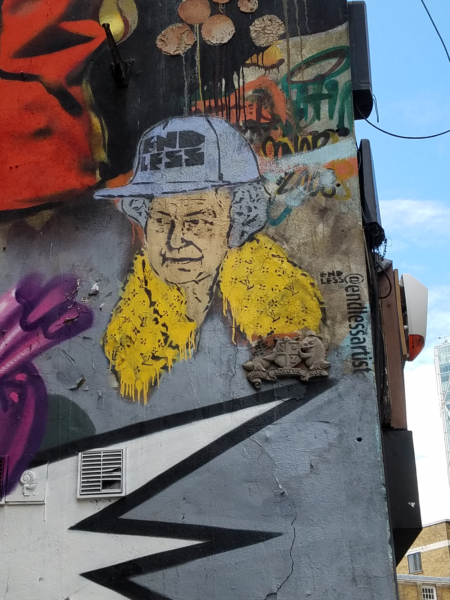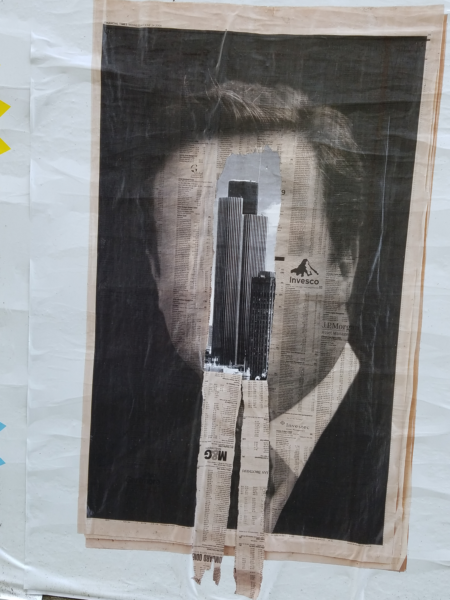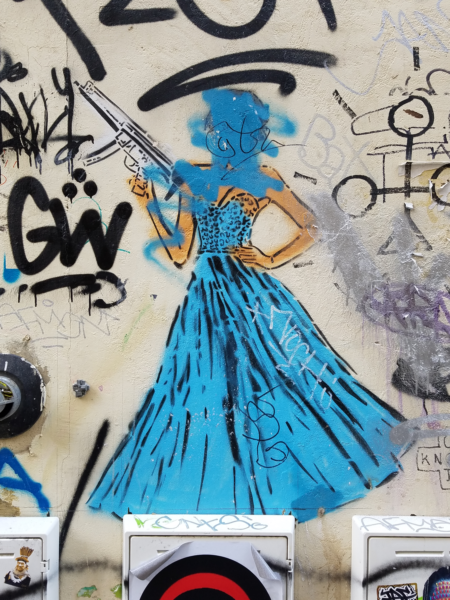Upon arrival in Brussels, Pawn actually had no plans, save one. Knowing well Pawn’s predilection for Art Nouveau, friend P had recommended a tour of the home of Victor Horta, one of the founders of the movement. Yesterday I went, and I must say it was lovely. Located in Saint Gilles, the museum is a faithful preservation of the home and studio of Horta, built between 1898 – 1906, and modified several times over the ensuing decade, the home & studio occupy two plots of land, side by side, and were mostly separate internally.
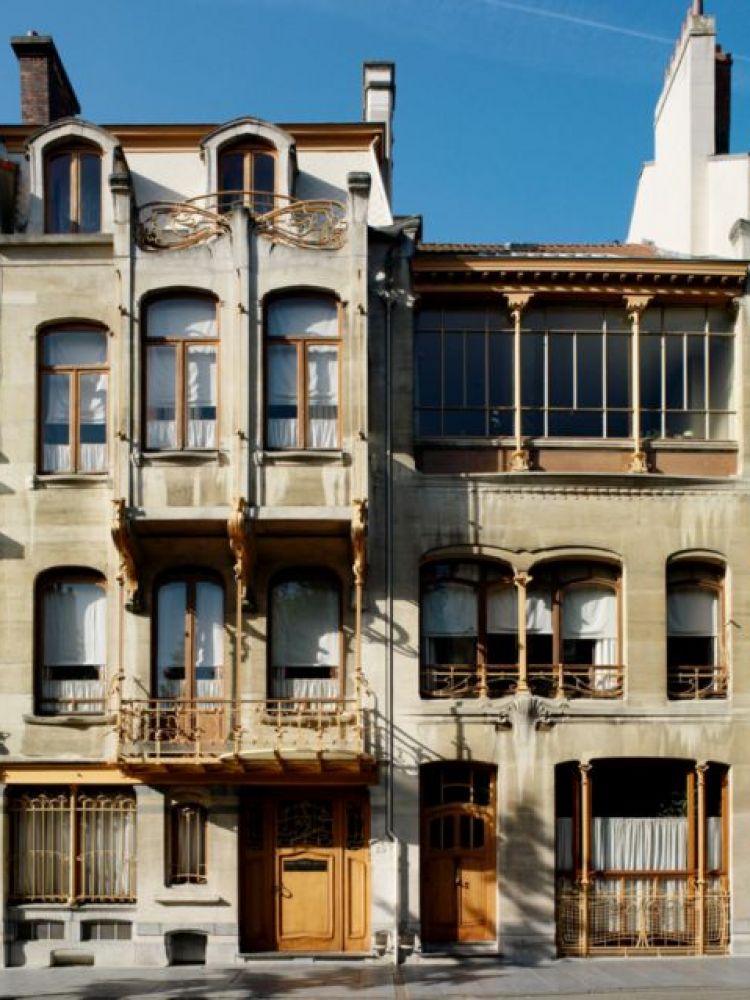
As much as possible the preservations, mounted over several years from the 1960s, when the building was saved, up until 2012-14, when the most recent renovations were completed, have kept the furnishings and finishes close to the original. In many cases, Horta designed furnishings have been brought from other properties, as have chandeliers, switch plates, etc. Wallpapers and fabrics have been recreated from designs of the times, etc. The effect is quite complete and one feels totally as though you’re seeing the original thing.
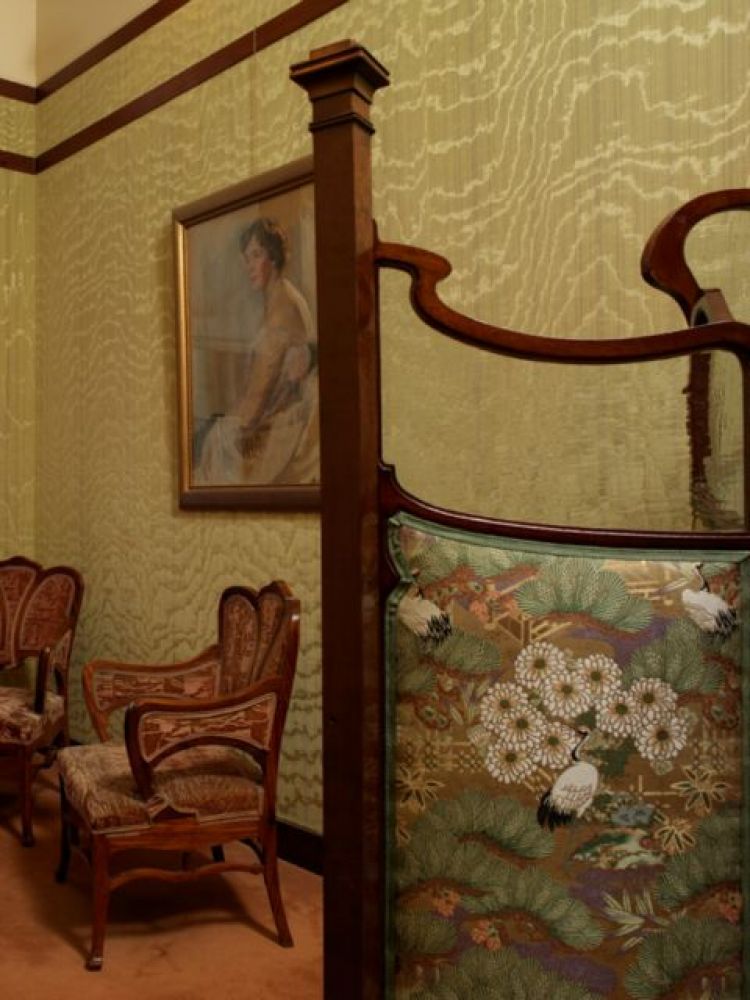
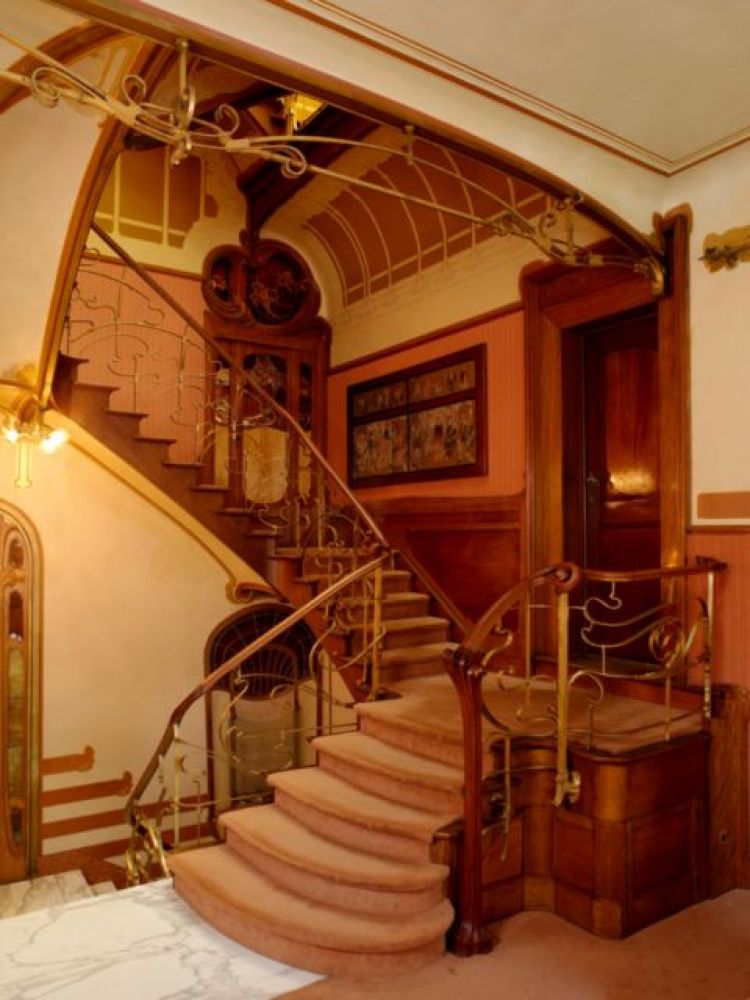
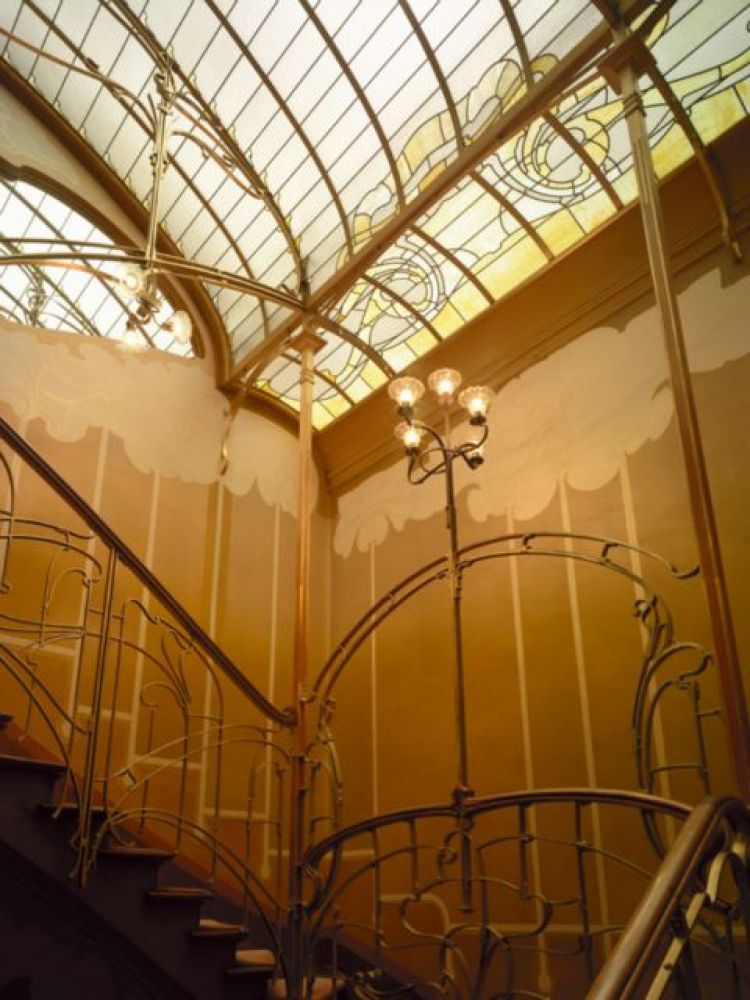
It is breathtaking!
One stunning feature is the sculpture atelier in the basement of the studio, in which we find models and maquettes of many of Horta’s building designs, as well as a large etagere, in which common elements of Horta’s designs are displayed alongside their inspirations from nature — spider’s webs, flowers, plant stems & leaves, birds, skeletons & bones — in such a way that we are drawn to re-imagine these beautiful designs as composites of their constituent natural components.
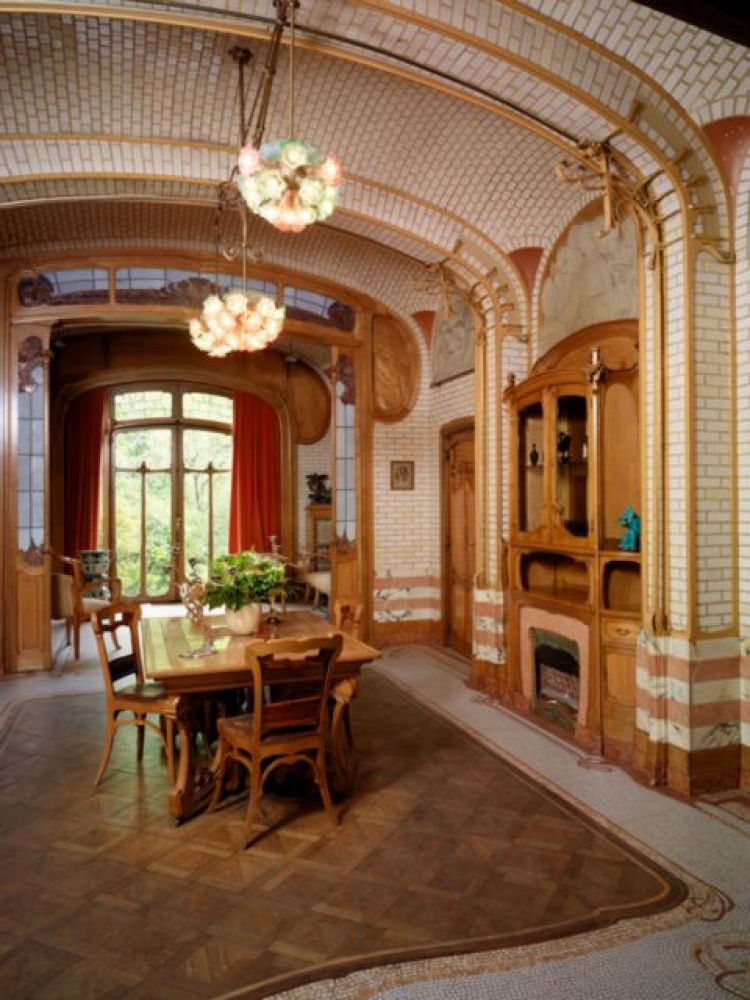
Today a journey to the Bozar museum for a large range of exhibits in a grand building designed by none other than Horta himself, in the years between the wars. Pawn took the tram down to Royal Park, and finding the entrance to Borza closed (new security regime…) started to look around for the new route. What’s that sound? A strange, fascinating blend of Hip Hop and Brass Band is bleeding out of the park. A little investigation revealed the Royal Park Music Festival to be underway at the Kiosque do Parc de Bruxelles, having just opened with Wild Board & Bull Brass Band.
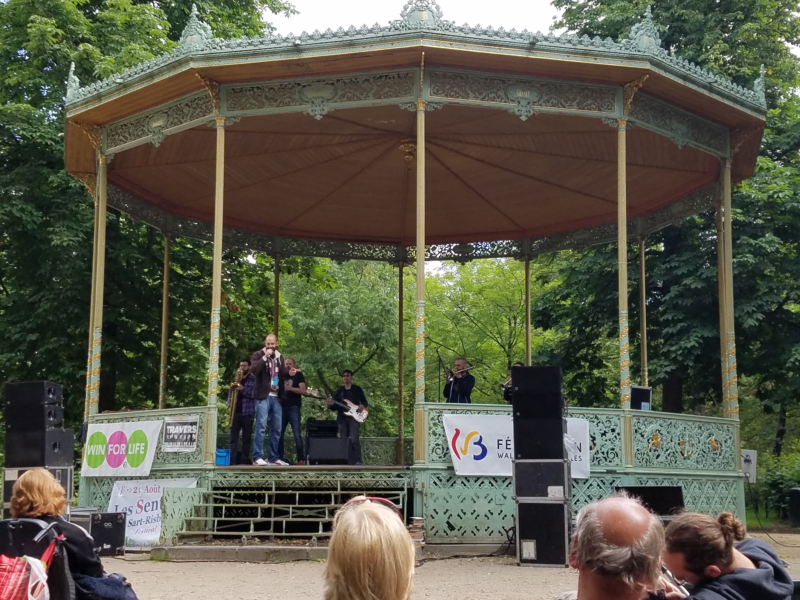
This group, fronted by Herbert Celis, features tenor & baritone sax, trombone, trumpet, bass and drums, and has a sound like nothing I’ve ever heard before. Here’s a clip from YouTube:
Yowzah!! I grabbed a glass of Cava and a seat in the crowd and stayed until the rains started. What a joy, a real find. If someone has tried this combination before, the rich flow and sharp edge, I sure wasn’t aware.
Oh, and I should mention the armed military presence, which one finds at so many events which draw crowds.
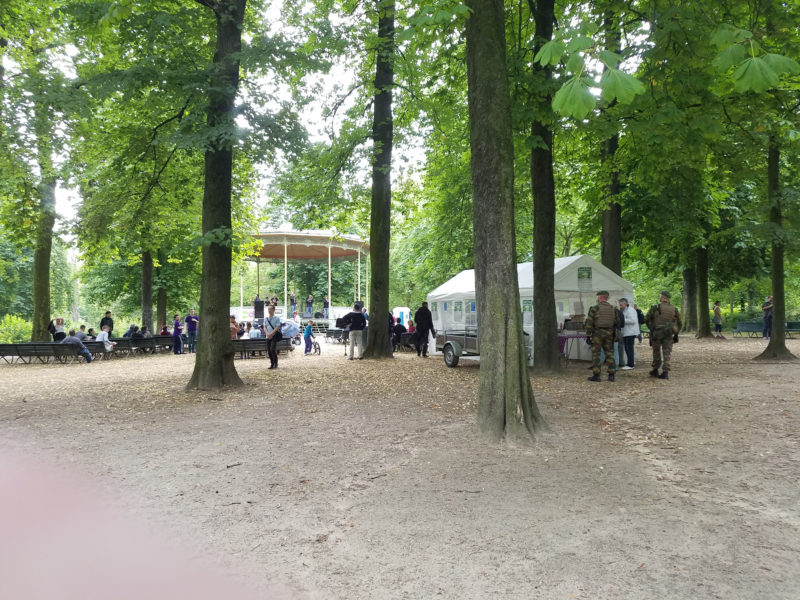
Up with the brolly and down the stairs to the only open entrance to Bozar. One sign makes it clear that one must check bags, and many other signs describe the various exhibitions and ticketing arrangements, but nowhere can one see where to actually get the tickets. Well, carry on. Check the bag in a locker (free) and start to explore. A fine set of photographs by Colin Delfosse, Gbadolite, Versailles in the Jungle, grabbed my eye. Part of the Summer of Photography exhibition. Here’s three:
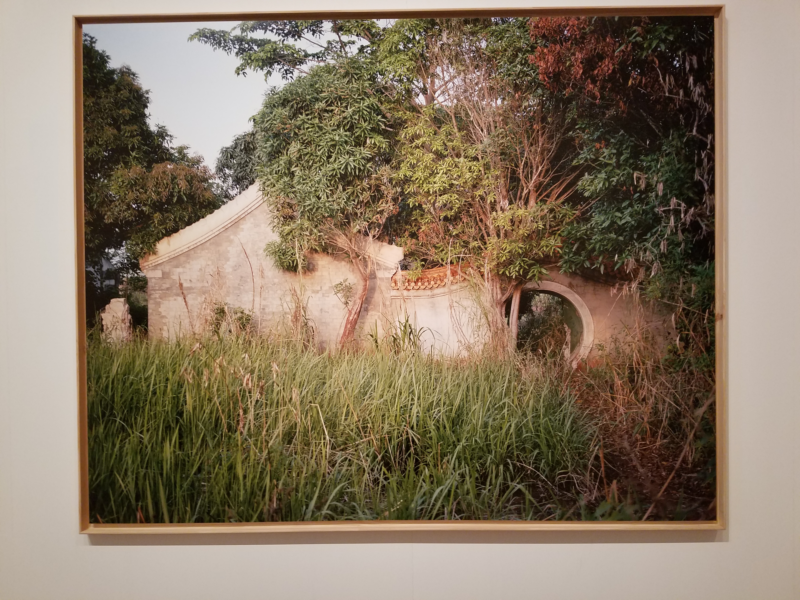
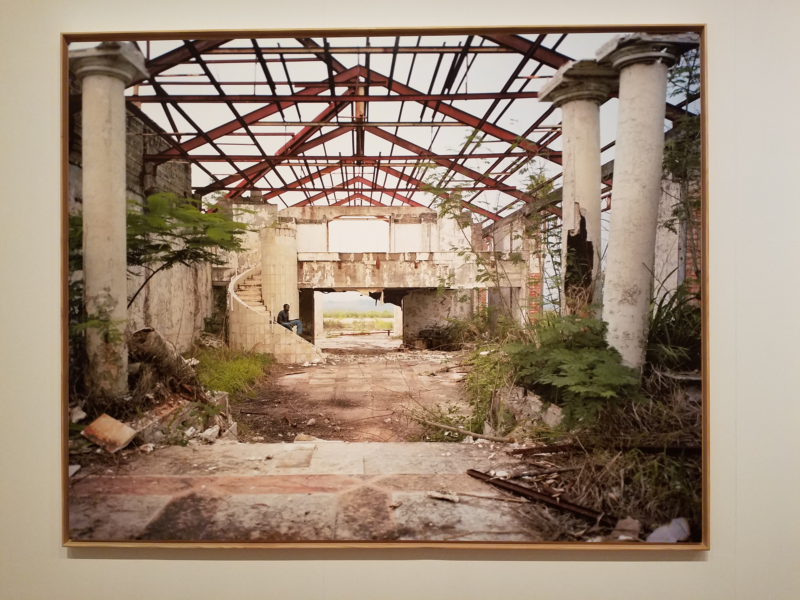
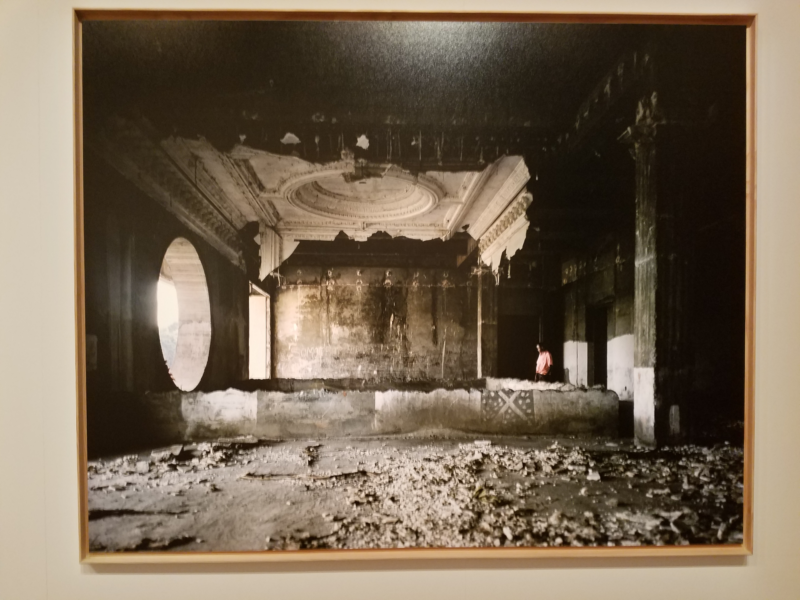
But I wasn’t able to look at much more without being able to present a ticket, and finally someone explained to me that I needed to leave the museum(!), go across the street, buy a ticket there, and then return. All of this in a driving rain. Fun.
So, go retrieve my bag from the locker, grab the brolly, cross the street, buy Day Pass ticket (access to all exhibits), cross back, re-enter building, re-check bag…
It was ultimately worth it, as the rest of the exhibits were quite good. I won’t provide full reviews of them all, but at least a list would help:
- A Lighthouse for Lampedusa
- Facing The Future: Art In Europe 1945-68
- After Scale Model: Dwelling In The Work of James Cesebere
- Dey Your Lane: Lagos Variations
- The Center For Fine Arts of Victor Horta: A Labyrinth For The Arts
- Amos Gitai: Chronicle of an Assassination Foretold
- Vincen Beeckman: The Gang
- Open Spaces | Secret Places: Works from the Sammlung Verbund, Vienna
You can find information on all of these at Bozar’s website.
I did wander through the entire Labyrinth For The Arts exhibit, camera at the ready, as the exhibit was the building, or parts of it, at least. There are a handful of thoughtfully arranged drafting tables, festooned with blueprints, photographs and other documents from the period of the construction of the building. This in the hallways outside the grand theatre. Here’s some snaps, these first are the entrance doors for the private boxes:
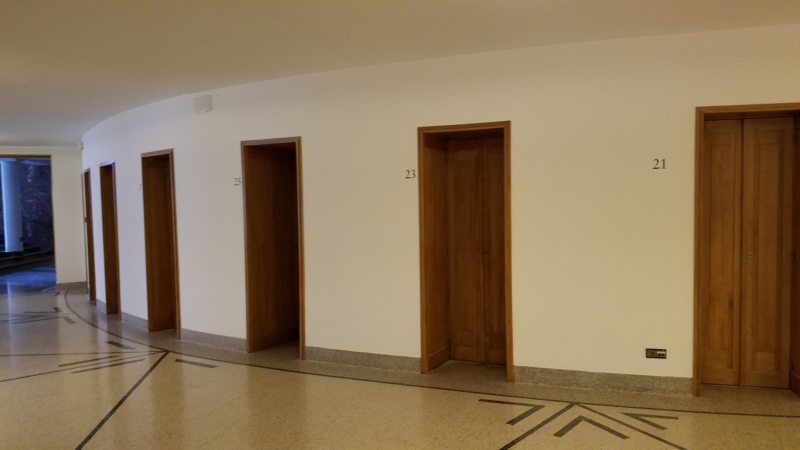
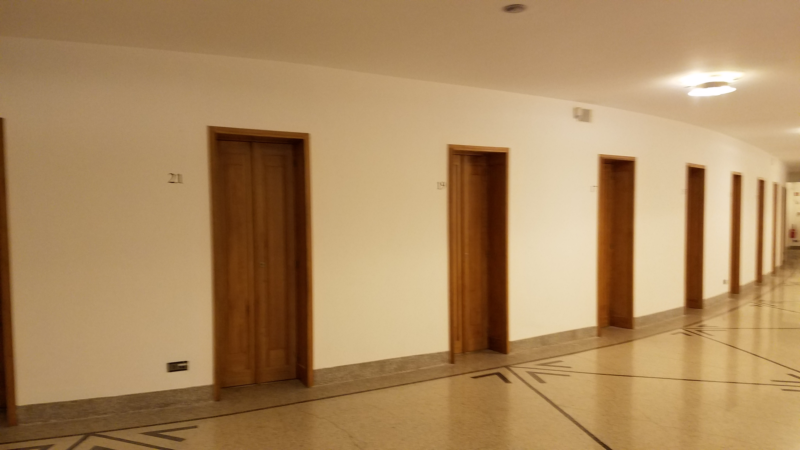
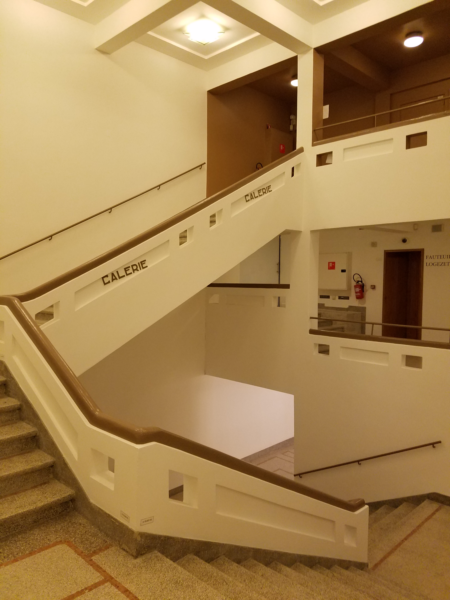
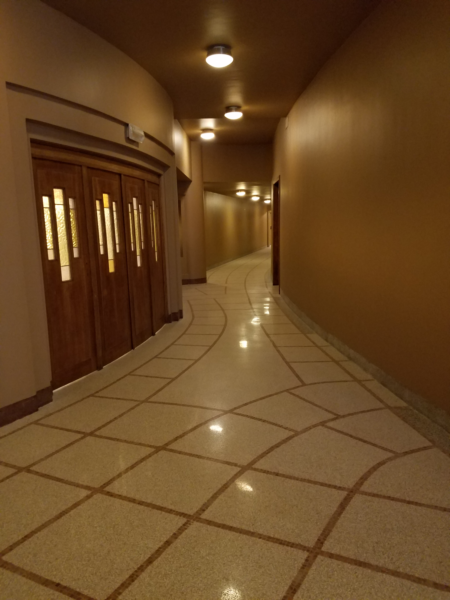
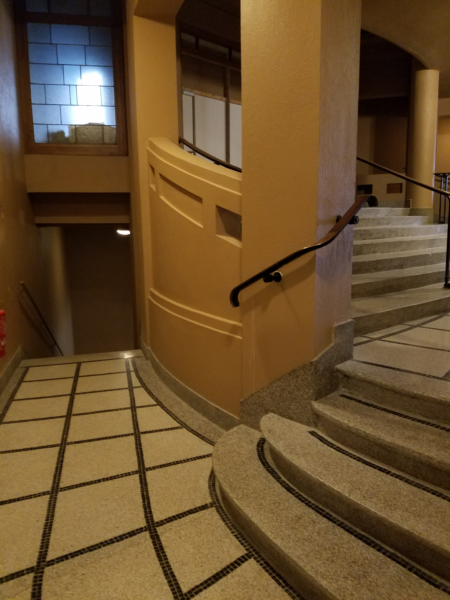
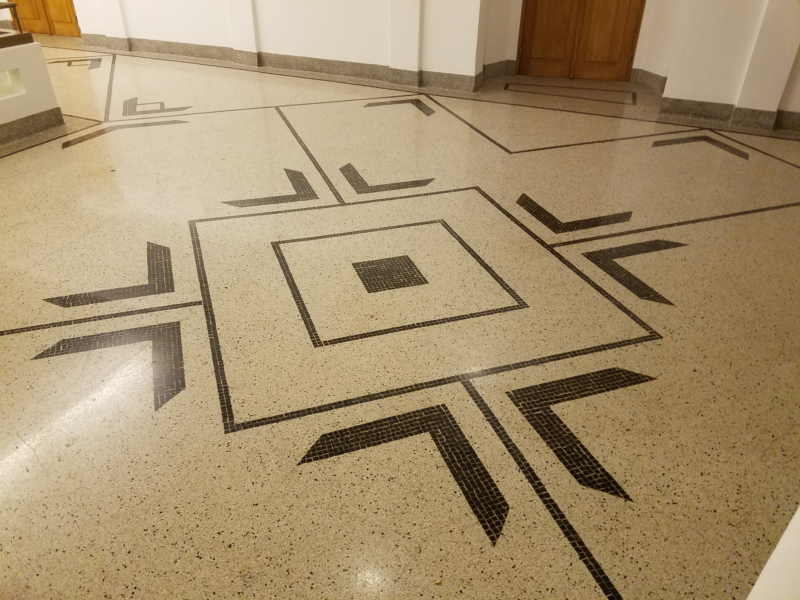
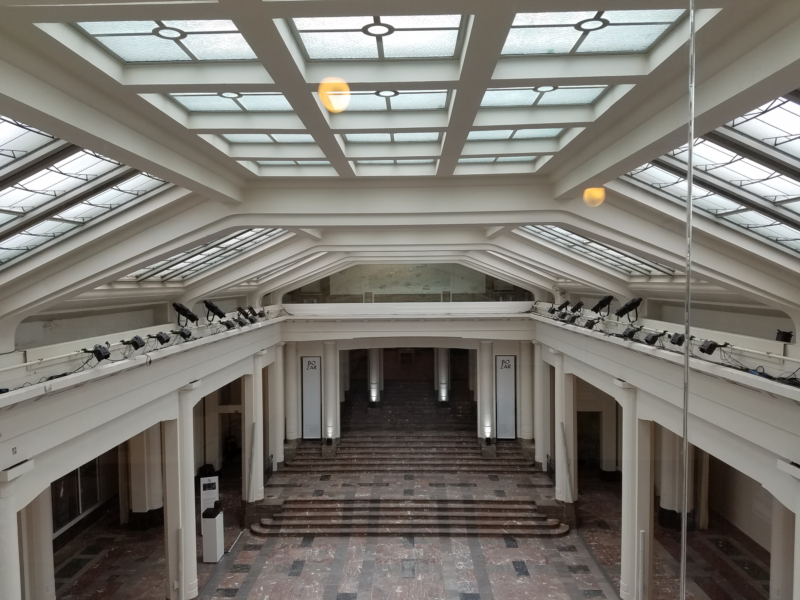
Here’s some snaps I got in before being told not to (no signs) from Facing The Future .
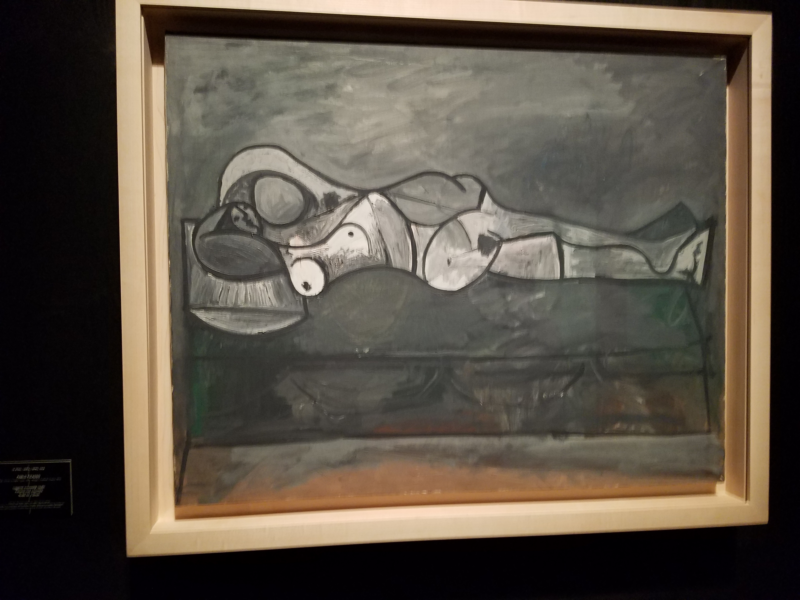
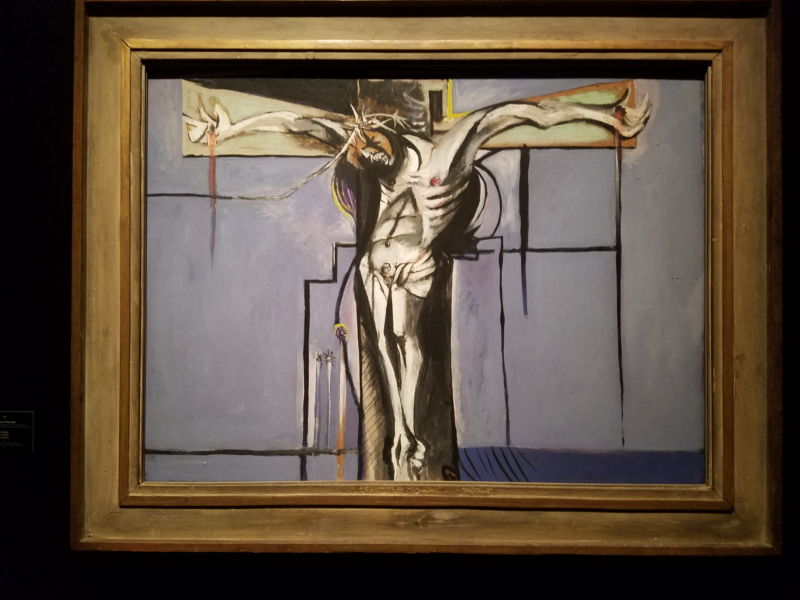
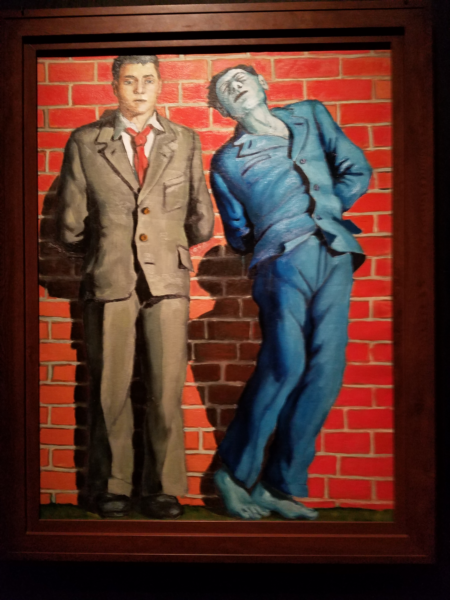
I then strolled through the district for a while before coming to the Palace square, and the Royal Museums. I chose Mus̩e Fin-de-Si̬cle and am so glad I did. Here the focus is 1868 Р1914, which happens to line up well with interests of mine, and also with a golden era of Belgian art. No snaps from this (I was a good boy) but here are some from their website and online resources:
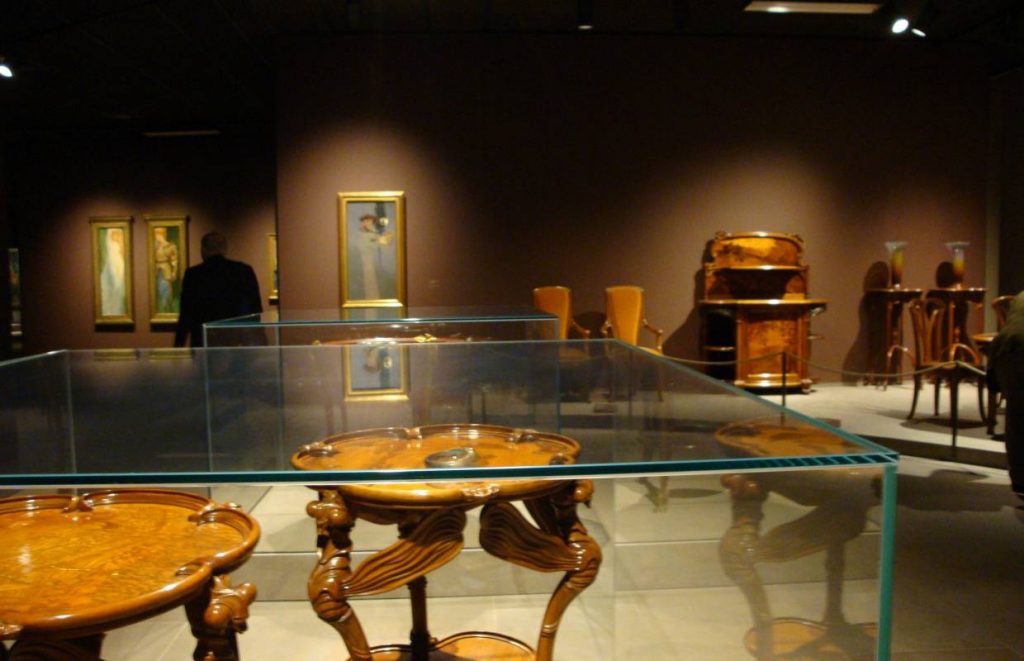
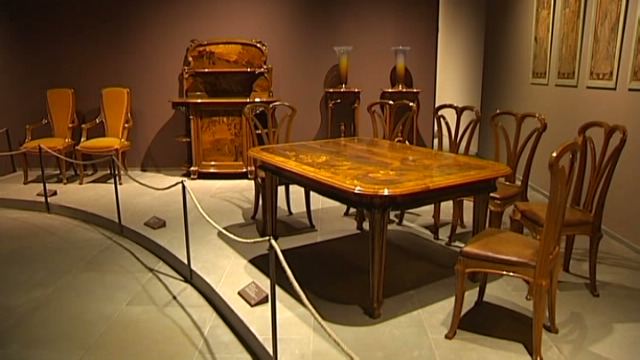
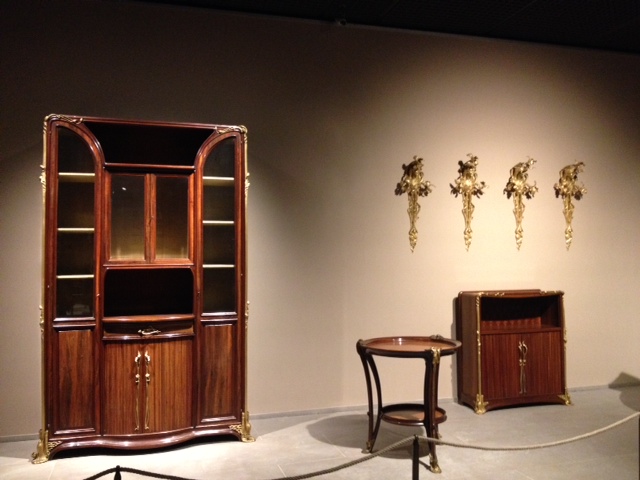
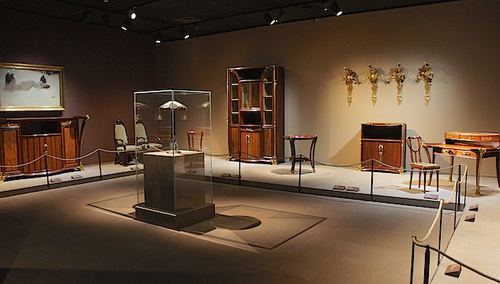
What a joy to see such fine examples of Art Nouveau furniture and fittings! These went well beyond the few styles visible at Horta’s house, and included many lovely examples of pottery, glassware and metal work. Pawn was in heaven!
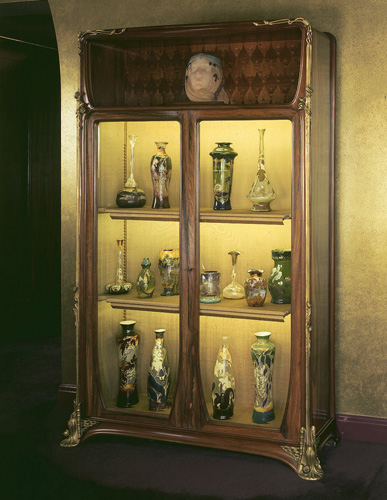
In heaven but starving by the time it was over. A wander down into the neighbourhood led to Café Leffe, a brasserie linked to the brewer. A dish of boef carbonnade was just what I needed, and washed down with Leffe Blonde. Yum!
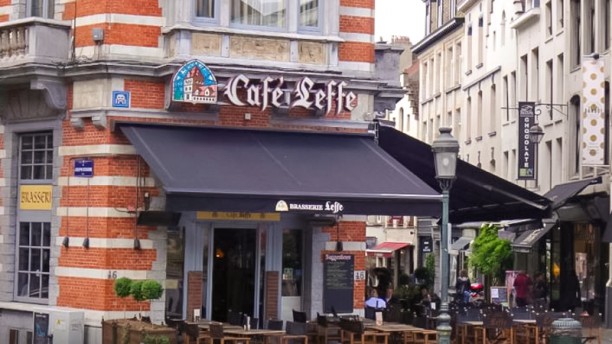
Okay, home again, blisters on the soles of my feet.

